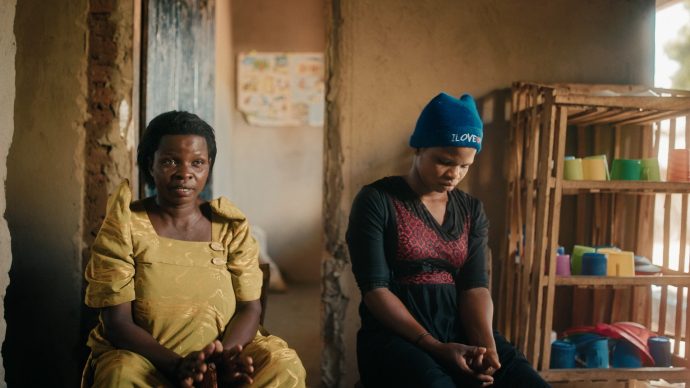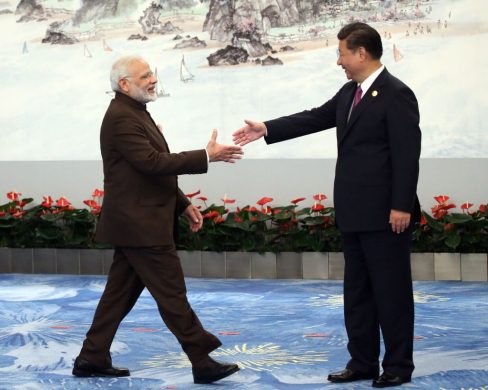Vidtstrakte palmeolie-plantager til bl.a. at dække det stigende behov for den multi-anvendelige olie i de rige lande har kostet utallige regnskove livet. Verdensbanken havde ellers standset støtten til nye plantager, men det er tilsyneladende ændret nu.
WASHINGTON, 1st April 2011: The World Bank Friday lifted an 18-month global moratorium on (stop for) lending for new palm oil investments, endorsing a strategy that focuses on supporting small farmers that dominate the sector.
To date the World Bank has invested 132 million US dollar in palm oil projects in Asia, Central America and West Africa. It said its new effort would seek to boost production on degraded plantations and boost productivity.
– Even though the World Bank is a small player in the palm oil sector, we can make a contribution to strengthening the sectors sustainability, said World Bank Vice President for Sustainable Development (danskeren) Inger Andersen.
Palm oil is produced by and employs over six million rural poor worldwide. Seventy percent of palm oil production is used as staple cooking oil by poor households in Asia and Africa, while 20 percent is used in detergents and cosmetics.
The World Bank’s new framework and strategy were developed following extensive consultations with a wide range of stakeholders including environmental and social NGOs, farmers, indigenous communities, private sector companies, and governments.
Stakeholder consultations, held around the world over the last year, focused on a range of social and environmental issues facing the palm oil sector and the role the World Bank Group could play to address them.
Læs mere om krigen mellem miljøforkæmpere og palmeolieindustrien på
http://www.survivalinternational.org/news/7149 og
http://www.survivalinternational.org/news/7159
OGSÅ GODT NYT FOR REGNSKOVENE
* Norway has pledged to deposit 40 million US dollar into a World Bank fund as part of an ongoing agreement to help Guyana preserve its lush Amazon rain forest in the northern part of South America.
* Indonesia’s President Susilo Bambang Yudhoyono has committed to a greenhouse gas (GHG) reduction target of 26 percent by 2020 with Indonesian financial resources and 41 percent with international support. Despite the country’s growing economy, Indonesia has an electrification rate of only 65 percent – meaning that 35 percent or 92 million people have no access to electricity.
(Den mindre udledning af CO 2 skal bl.a komme fra mindre regnskovs-fældning, hvor indoneserne får bistand fra den rige verden, ikke mindst Norge, mod til gengæld at lade skoven stå).
Kilde: www.worldbank.org














